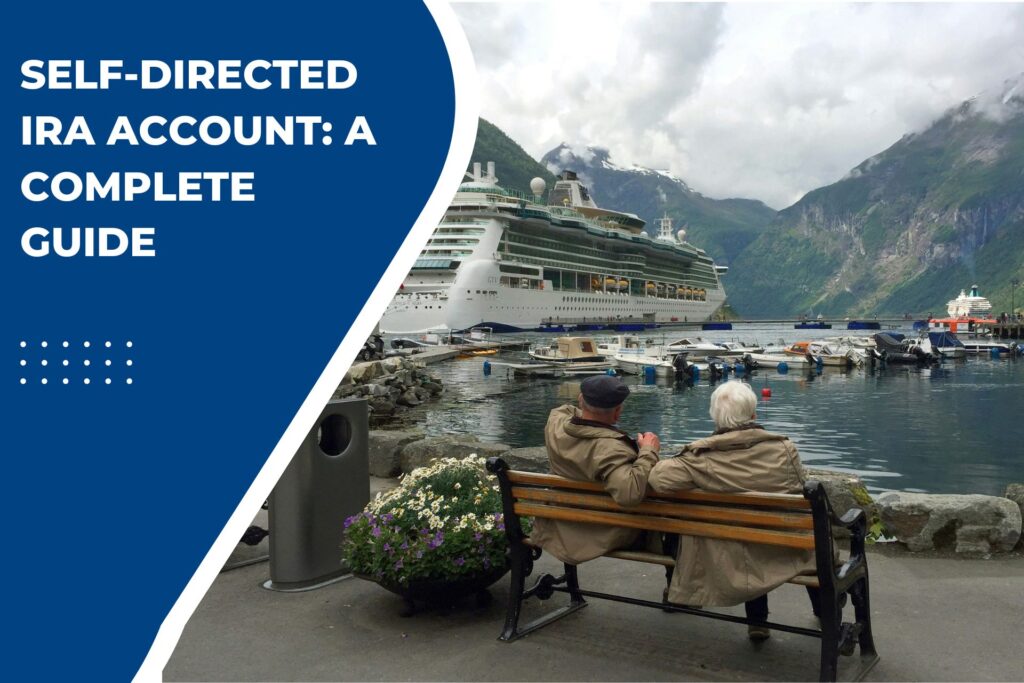Introduction: Self Directed IRA Account
Key Features of Defined Benefit Plans
A Self-Directed IRA (SDIRA) is a type of Individual Retirement Account that allows investors to make a wider range of investments compared to standard IRAs. Unlike traditional or Roth IRAs that typically offer stocks, bonds, and mutual funds, SDIRAs provide the flexibility to invest in alternative assets such as real estate, private equity, precious metals, and more.
Importance of Self-Directed IRAs
The significance of SDIRAs lies in their potential for greater diversification and higher returns. By enabling investments in alternative assets, SDIRAs allow individuals to build a more robust and diverse retirement portfolio. This flexibility is particularly valuable in volatile markets, providing a hedge against traditional investment risks.
Types and Categories of Self-Directed IRAs
Traditional Self-Directed IRA
A Traditional SDIRA allows tax-deductible contributions, with earnings growing tax-deferred until withdrawals are made during retirement. Contributions are typically made with pre-tax dollars, and taxes are paid upon withdrawal.
Roth Self-Directed IRA
Roth SDIRAs involve contributions made with after-tax dollars, meaning withdrawals during retirement are tax-free. This type of account is beneficial for individuals expecting to be in a higher tax bracket during retirement.
SEP Self-Directed IRA
Simplified Employee Pension (SEP) SDIRAs are designed for self-employed individuals and small business owners. They allow higher contribution limits compared to traditional and Roth IRAs, providing a tax-deferred growth opportunity.
SIMPLE Self-Directed IRA
Savings Incentive Match Plan for Employees (SIMPLE) SDIRAs cater to small businesses with 100 or fewer employees. Contributions can be made by both employers and employees, offering a straightforward way to save for retirement with tax advantages.
Advantages of Self Directed IRAs
Investment Diversification
SDIRAs offer unparalleled diversification opportunities by allowing investments in a broad range of asset classes, which can reduce overall portfolio risk.
Potential for Higher Returns
By investing in high-growth potential assets such as real estate and private equity, SDIRA holders can achieve higher returns compared to traditional investment vehicles.
Greater Control and Flexibility
Investors have direct control over their investment choices, allowing for tailored strategies that align with their financial goals and risk tolerance.
Defined Benefit Plan vs SEP IRA
Complexity and Risk
Managing a SDIRA involves navigating complex IRS regulations and potential risks associated with alternative investments. Investors need to be well-informed and diligent.
Prohibited Transactions
Certain transactions are prohibited by the IRS, and engaging in them can lead to severe penalties. Understanding these rules is crucial for SDIRA holders.
Custodial Fees and Administrative Costs
SDIRAs often come with higher custodial fees and administrative costs due to the specialized nature of the investments. These costs can eat into overall returns if not carefully managed.
Eligibility and Contribution Limits
Eligibility Requirements
Eligibility for SDIRAs generally mirrors that of traditional IRAs, with age and income restrictions varying depending on the type of account. For instance, Roth IRAs have income limits, while traditional IRAs do not.
Contribution Limits for Different Types of IRAs
Contribution limits for SDIRAs are set by the IRS and can vary each year. For 2024, the limit is $6,500 for individuals under 50 and $7,500 for those 50 and older for traditional and Roth IRAs. SEP IRAs have significantly higher limits, up to 25% of compensation or $66,000, whichever is less.
Want to Know More about 401K Plans?
Click here to Schedule a Free Consultation Today!Setting Up a Self-Directed IRA
Choosing a Custodian
Selecting a reputable custodian is the first step in setting up an SDIRA. Custodians facilitate transactions and ensure compliance with IRS regulations. It’s important to research and choose one with a solid track record and reasonable fees.
Steps to Open an Account
- Research and select a custodian: Ensure they offer the investment options you’re interested in.
- Complete the application process: Provide necessary personal and financial information.
- Fund the account: Transfer funds from an existing IRA or make a new contribution.
- Select investments: Choose from the wide range of allowable assets.
Funding Your IRA
Funding can be done through contributions, rollovers, or transfers from other retirement accounts. Each method has specific rules and potential tax implications.
Conclusion
Self-Directed IRAs offer unique opportunities for diversification and potential higher returns through alternative investments. However, they come with complexities and risks that require careful management and due diligence.
SHARE THIS POST
3 Retirement Rule Changes in 2025
Discover the 3 retirement rule changes in 2025, including contribution limits, RMD updates, and automatic portability. Plan smarter today!
Year-End Financial Planning in the USA
Year-end financial planning in the USA helps optimize retirement savings, reduce taxes, and secure your future with proactive strategies.
Understanding the Social Security Administration for Retirement in USA 2024
Learn how the Social Security Administration impacts retirement in 2024, including benefit calculations, eligibility, and strategies for maximizing your Social Security income.
Retirement in USA
Planning for retirement in USA involves Social Security, inflation strategies, and choosing the best states, ensuring a secure financial future.


